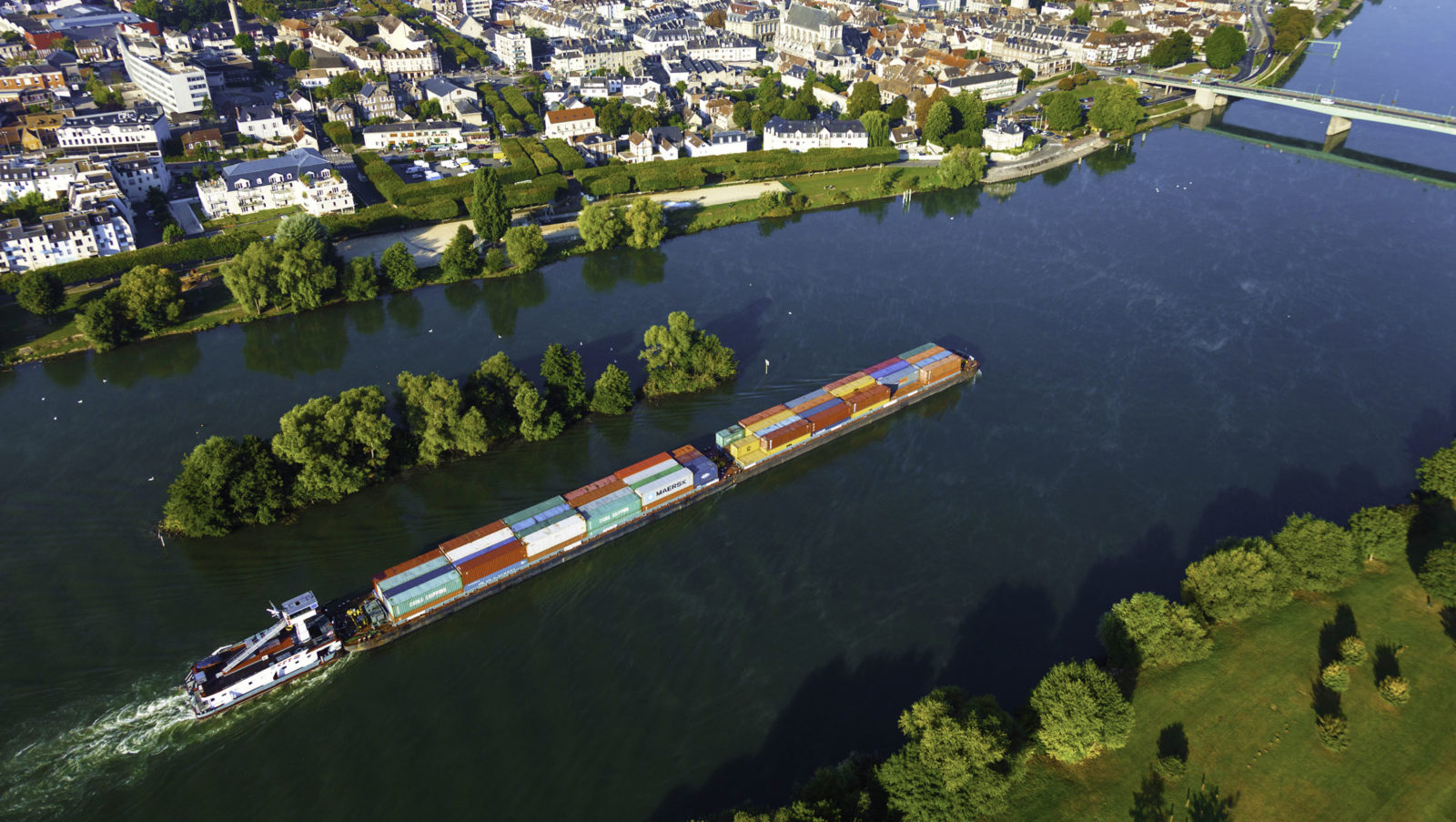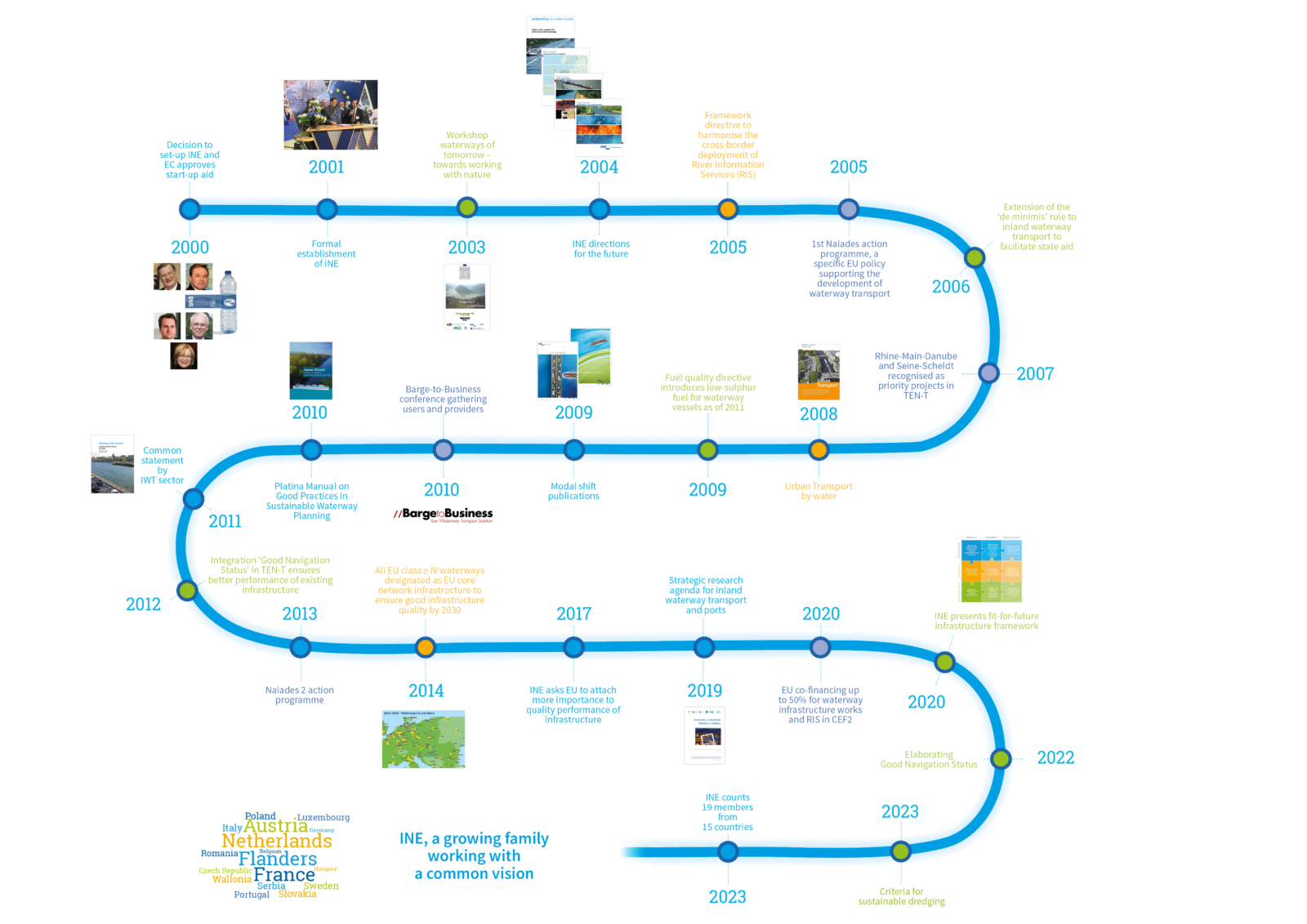NEWS BULLETIN
-
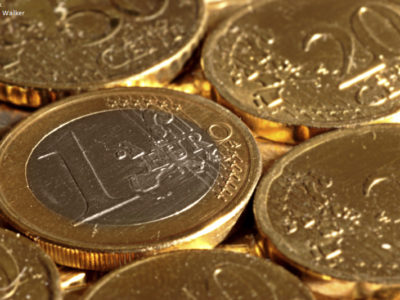
More EU budget for transport
04 Apr 2024
The best investment plan for Europe. Transport sector pleads for strong transport infrastructure fund in new long-term EU budget.
News - Waterway infrastructure
-
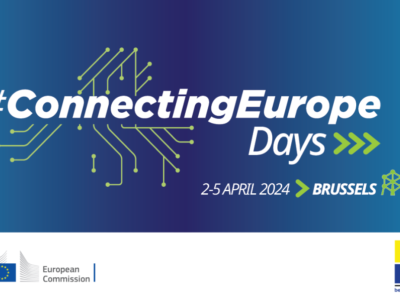
Resilient inland waterways
03 Apr 2024
At Connecting Europe Days, Karin De Schepper moderated a debate on inland waterways & sustainable management.
Climate change - Good navigation status - News - Waterway infrastructure Good navigation status
-
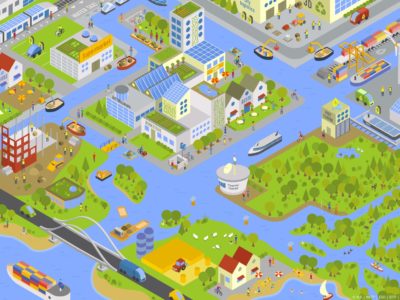
Inland waterway and port sector message to EU institutions
02 Apr 2024
Manifesto with key priorities for next Commission mandate.
News - Transport by water Transport by water
Facts & Figures
-
0
million tonnesare shipped by waterways every year
-
0
%of EU waterway traffic crosses borders
-
0
kmaccessible to 1,000 tonne vessels
-
0
kmcongestion-free network

